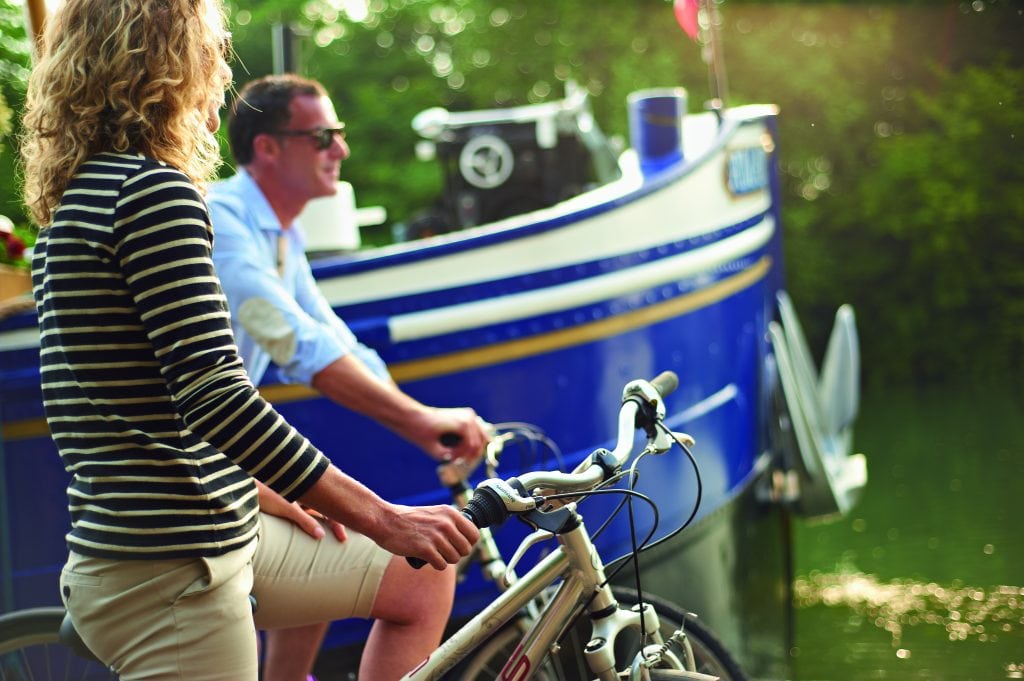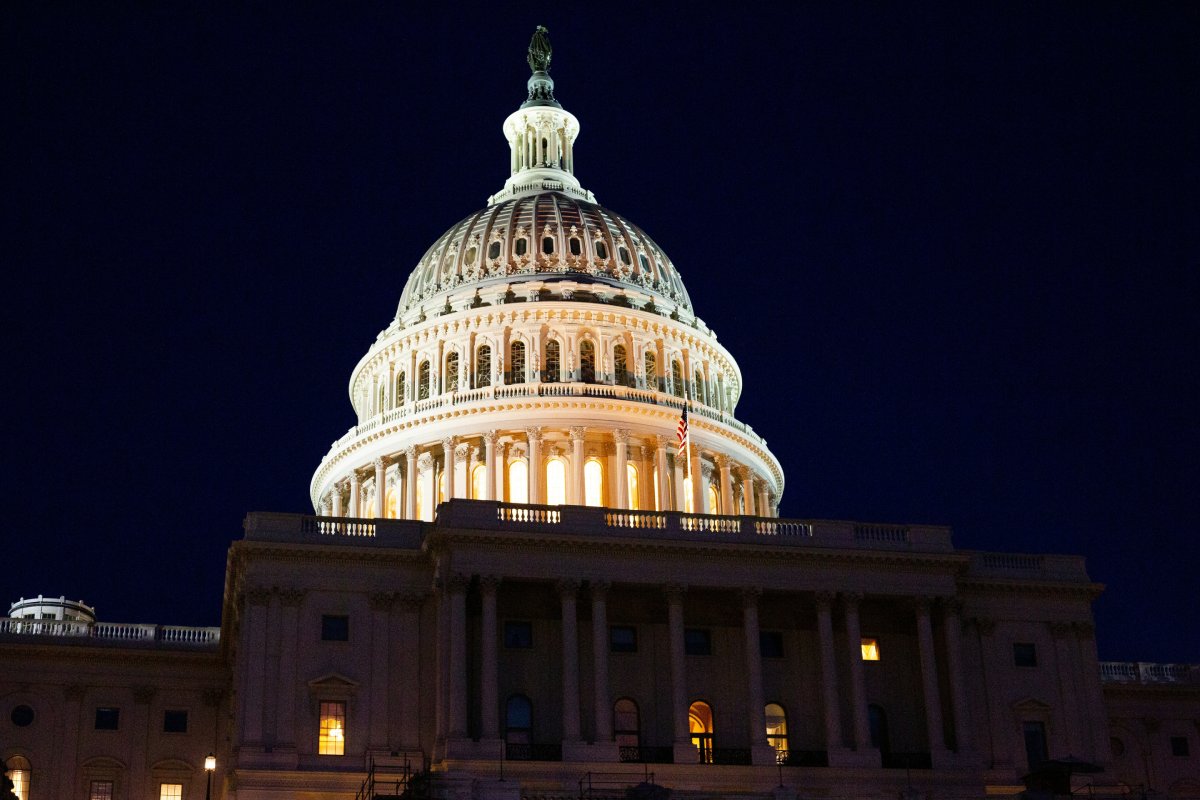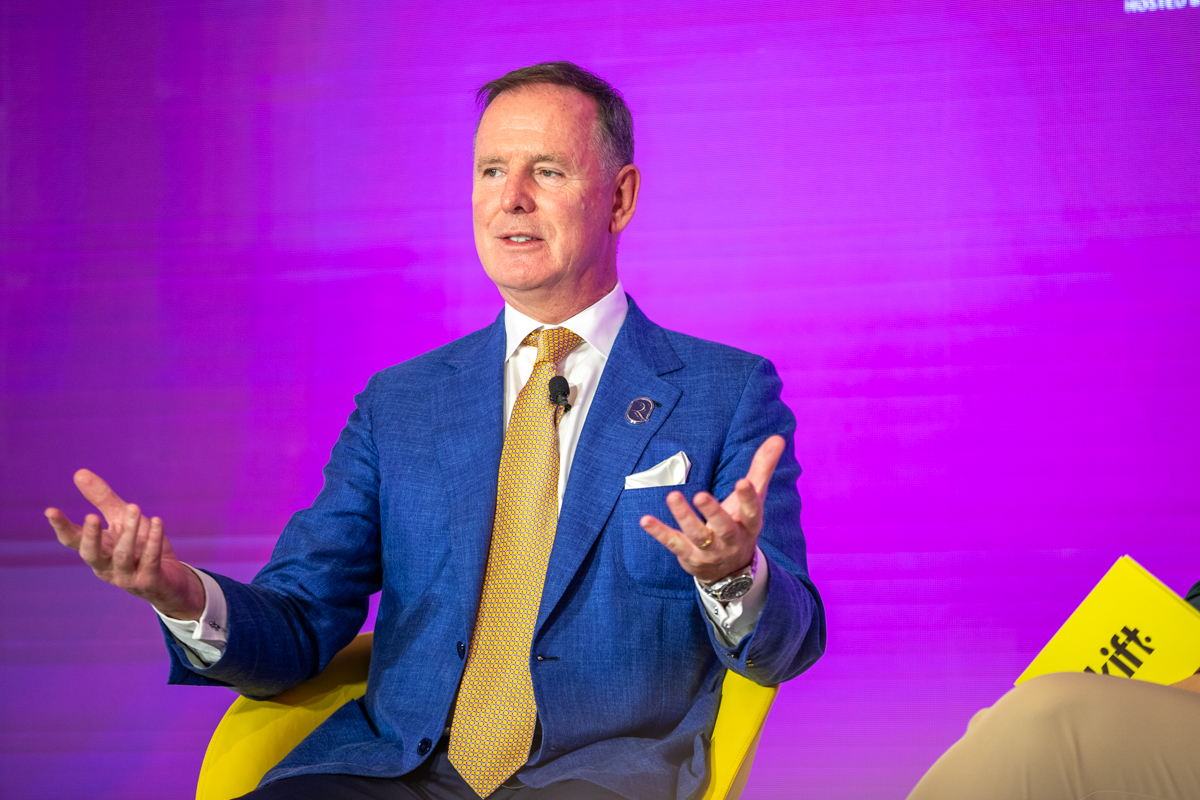Why Slow Barge Cruising Is a Fast-Growing Luxury Option

Skift Take
Now this is slow travel. Some might call barging river cruising downsized, but it’s really its own unique sector of the water travel market.
While barge travel might largely be a French phenomenon, it is growing in popularity throughout Europe.
“France is the epicenter of classic canal barging, with about 85 percent of the product based there," said Stephanie Sack, the self-described marketing maven of Chicago-based Barge Lady Cruises, a barge travel brokerage.
Business booms in the country thanks to a network of preserved 17th and 18th century canals that cover the French countryside — something you would expect from a country that takes its heritage seriously. A government agency maintains the canals and keeps them in order, largely for tourism.
While many of the hotel-style barges are independently owned, about half are part of larger fleets. European Waterways, the largest luxury hotel barging company in Europe,
has 17 craft. Belmond owns seven. France-based CroisiEurope, which has been operating river cruises for 47 years, introduced barging to its roster in 2013 and has grown to its fleet to six during the past four years.
Even though CroisiEurope has discovered barging, it may not be a fit for other river cruise companies.
“It works for us,” said Michael Da Costa, CroisiEurope's manager of marketing for North America, “because we are French and exploring the off-the-beaten-path areas in the country is part of our DNA.”
But barging may not work for all river cruise companies. That’s because there isn’t necessary a great deal of crossover between the two modes of water travel.
“River cruising and barging have two different mindsets. River cruises host more people; they go at a faster pace; and they travel larger arterial waterways," Joanne Benes, Abercrombie & Kent's senior product specialist for Europe, said.
Service levels are completely different, as crew to passenger ratios on small barges can be as high as one to one. As a result, prices on barges are usually higher as well. The cost of a six-night barge trip ranges from $3000 to $7000 per person. The high end comes courtesy of Belmond.
While France sees most of the action, other countries do offer the product. The U.K. is the second-largest barge region, with boats in England, Scotland, and Ireland traversing canals and rivers. Tourists can also book barge trips in Belgium, The Netherlands, Germany, and Italy.
By its very nature, barge travel is somewhat self-limiting. First, most countries don’t have waterways that support barges.
Then, there's the matter of the economics of barge cruises. "Touring boats all have to conform to the same regulations and pay the same docking fees and taxes,” Sack said. So, with only eight to 20 passengers over whom to amortize those fees (versus 180 passengers on a river cruise), journeys can be cost-prohibitive.
Even so, barging is booming. “Barges are coming onto the market at a more rapid-fire pace in the last few years,” Sack said. Belmond is adding two new boats to its fleet this year, upping its total to seven. European Waterways has just completed a $500,000 upgrade and refurbishing program across the company’s fleet. Additions includes redesigned sundecks and new bathrooms.
Abercrombie & Kent is adding two new barges to its portfolio next year (although the company neither owns nor operates the barges it books – instead, according to Benes, it books on a select group of vetted barges). In addition to growing its fleet rapidly over the past four years, CroisiEurope’s Da Costa says the company is looking into adding more boats and adding new itineraries.
So, what are the reasons behind this growth? According to Sacks, in addition to attracting more repeat clients, barging is starting to appeal to younger audiences. The segment has traditionally appealed to the baby boom crowd, but Gen Xers, as they age, are warming up to the concept. “The real appeal to younger travelers are the experiences that are offered, as barging matches the current desire for culinary and cultural immersion and experiences,” she said.




